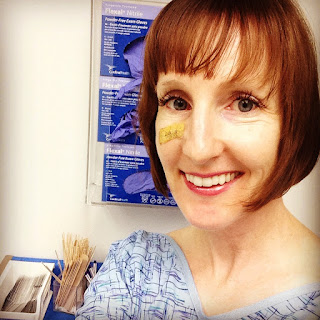As a meditation teacher in San Diego, I have found that many beginning meditators become discouraged after their first few meditation experiences. They believe that they cannot meditate because they simply can't stop thinking. Many of us approach meditation with the same 'get it done' attitude that we do with other "must-do" parts of our lives, like going to the gym, cleaning the whole house or getting to work in rush hour traffic.
In a TED Talk titled 'A simple way to break a bad habit,' psychiatrist Judson Brewer explains positive and negative reinforcement. He shares how he learned not to "force" himself not to think during meditation using the reward based learning process and curiousity.
After listening to Brewer's talk, I invite you to try to meditate again, this time using curiousity instead of 'forcing' - let me know your experience in the comments below!
Kathleen Lisson is a certified Meditation Teacher and Labyrinth Facilitator and teaches Meditation and Mindfulness at IPSB college in San Diego. Sign up for a private meditation lesson or labyrinth walk in the comfort of your home here: https://www.massagebook.com/San_Diego~Massage~sandiego?src=external






















